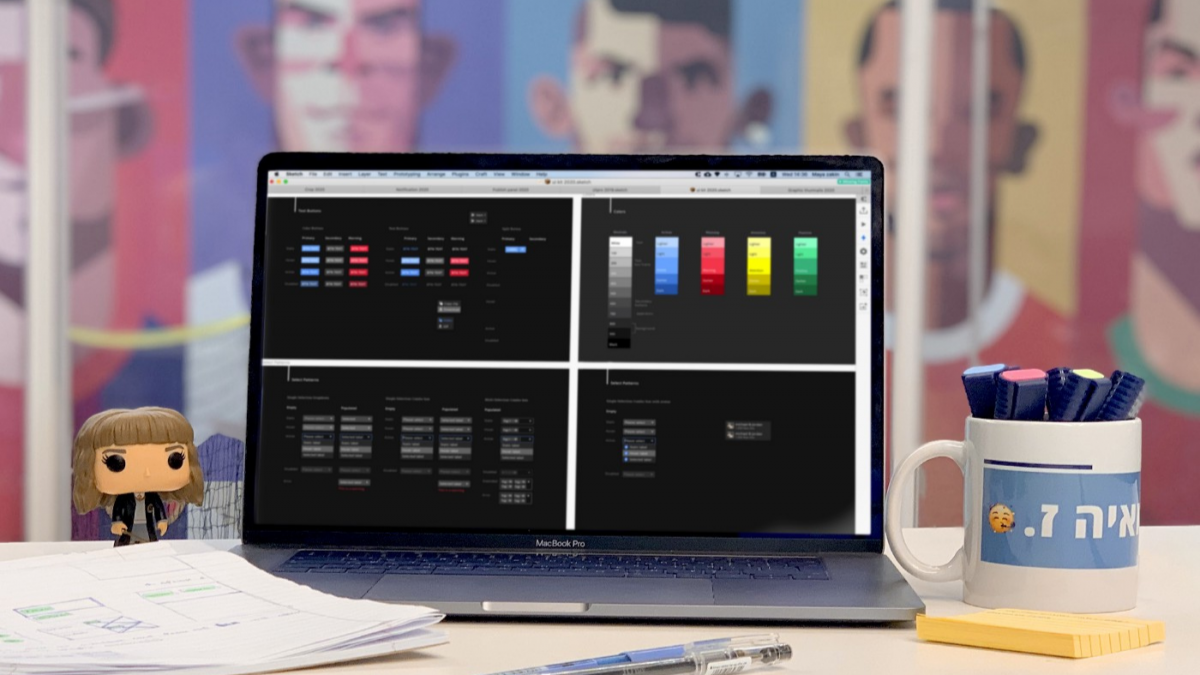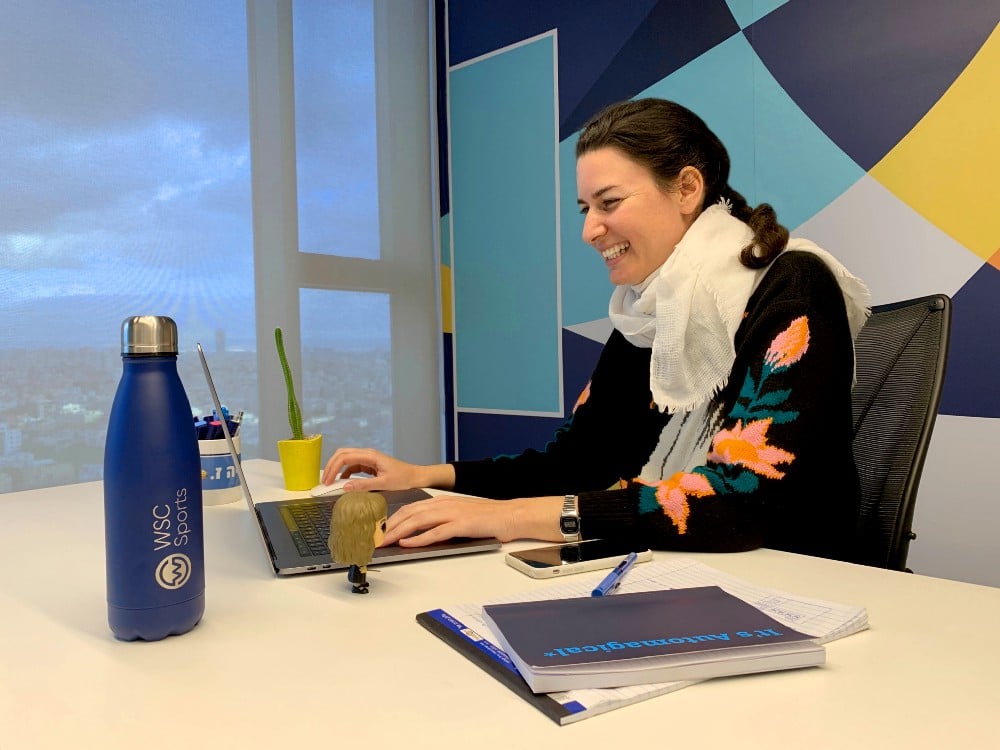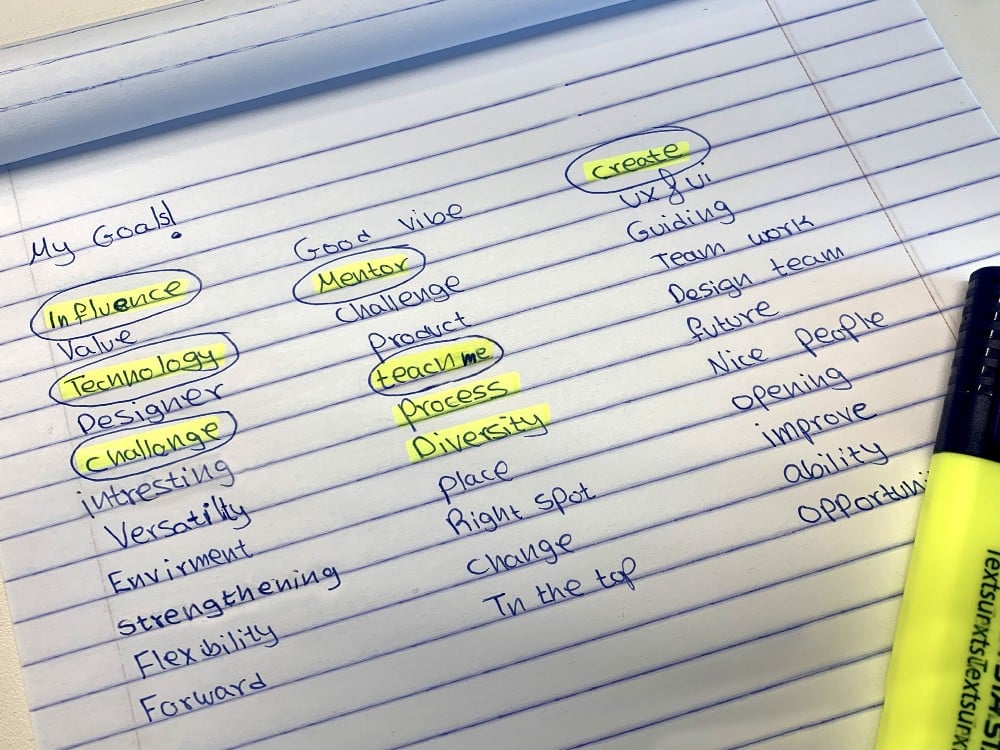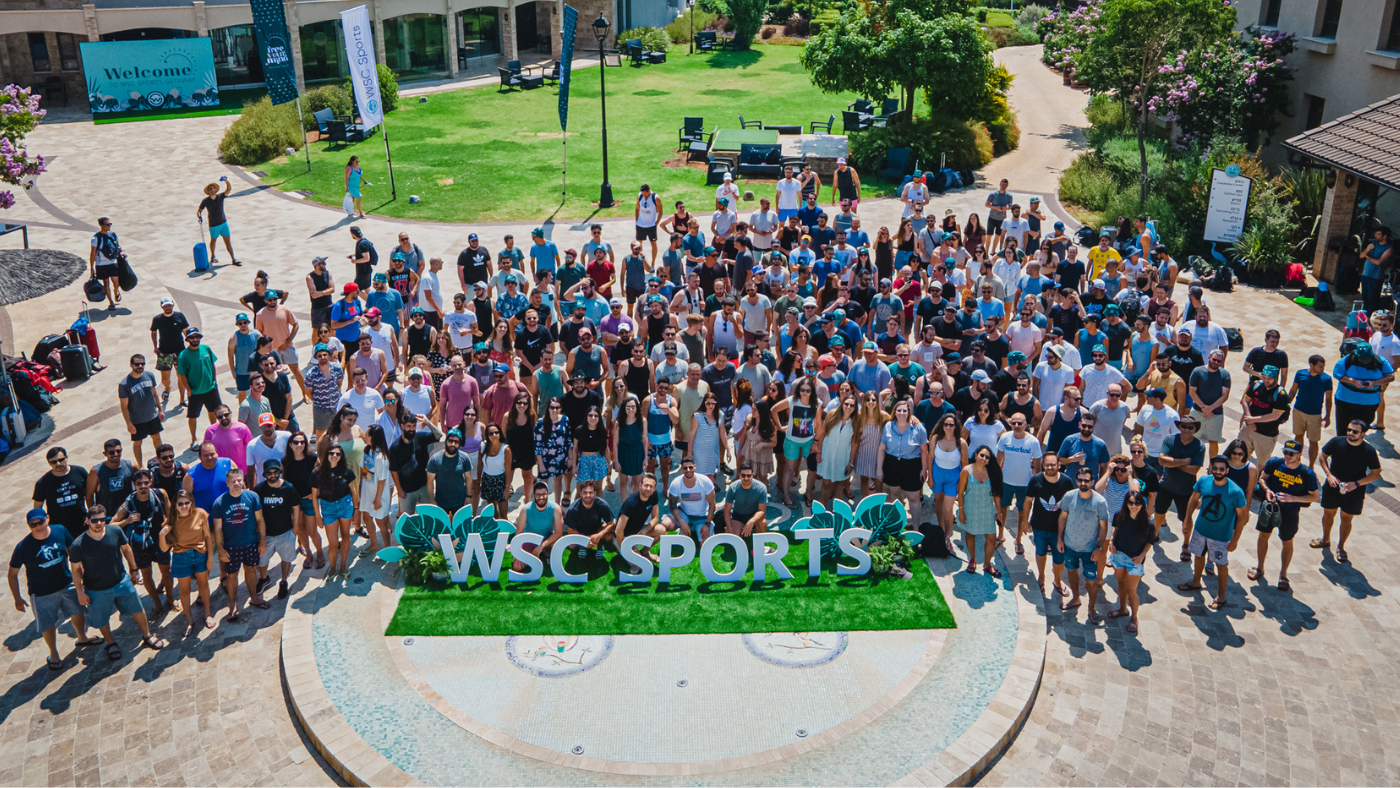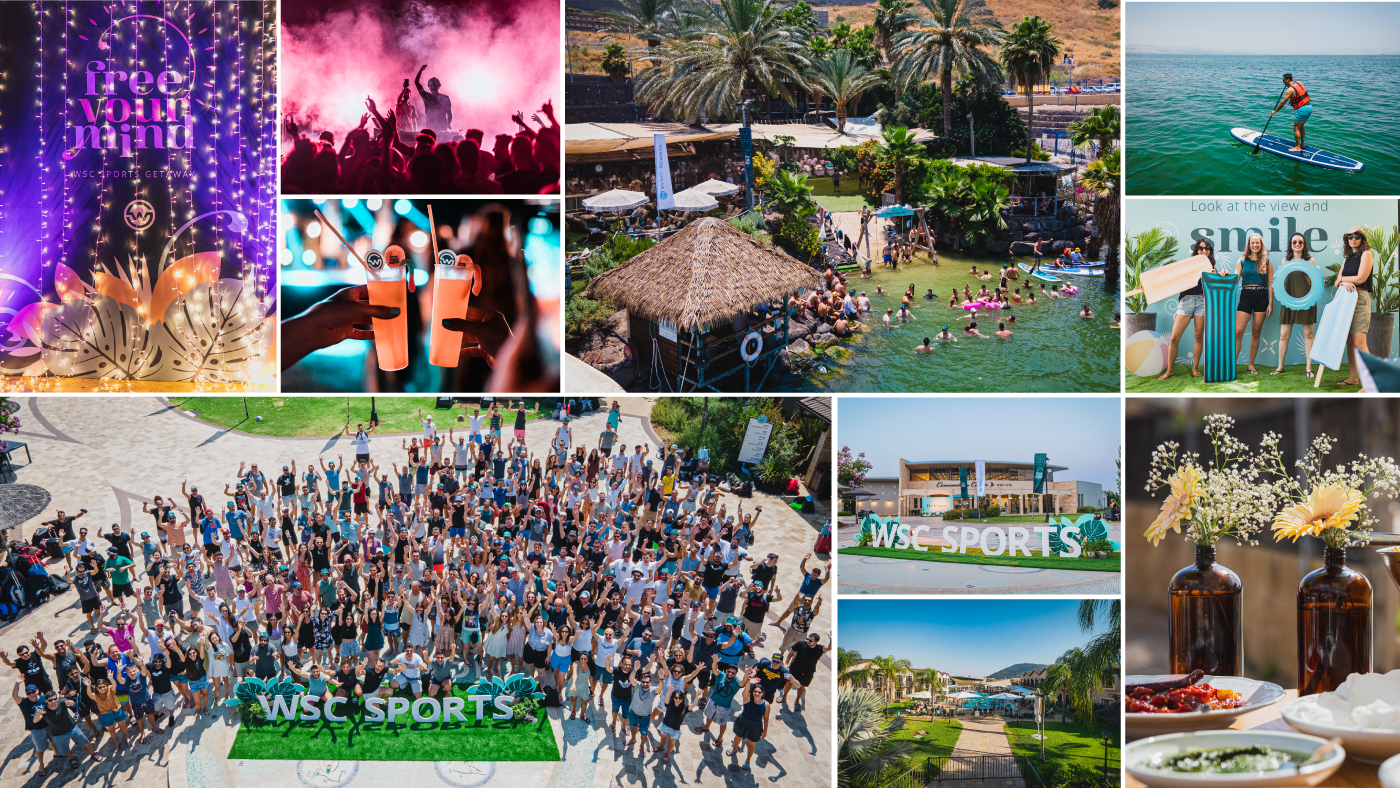In September, I started working for WSC Sports as a product designer. This is a B2B company whose AI technology automatically generates and distributes personalized sports video content in near real-time. It is a different design experience, unlike any other job I have held before, and yet it is also a direct continuation of everything I’ve done so far. Allow me to recap:
Three years ago I finished my visual communication degree at Bezalel Academy of Art and Design. Within a week of graduating, I found myself sitting in front of a computer designing logos in a boutique design studio in Tel Aviv. It was everything I dreamed of as a student.
Fast forward a year and a half, I was working for an agency that specializes in UX/UI design. Apart from previously designing a website for a Health Tech company, this was my first true entry point into the world of User Experience: designing complex systems, different interfaces, and diverse methodologies. At the end of that same year, the agency unfortunately closed, and I had the opportunity to make a difficult decision — should I stick to what I already know, and continue working in a design agency? Or could this be an opportunity to start learning something new?
I came to the conclusion that life rarely gives you these moments, and this was the right time to look for a job in a product company. A whole new world opened up — a world with different terminologies, different benefits, different people, and even different food! Things came together faster than I had ever expected.
So, what are the differences between being a designer in an agency versus a designer in a product company?
An agency is a company that lends its services to clients. At these types of companies, designers work on a few projects at the same time and with different teams on each one. Additionally, projects have strict deadlines so designers have to manage their time in the best possible way to meet them. This means designers usually work faster and make decisions quickly in order to work on several things at once. Of course, sometimes this comes at the expense of being able to fully explore the possible design solution. In most projects, the designers are involved from the start, through the design process until it is finalized and sent to the client.
When working for an agency, there are different types of projects. One day a designer can work on a complex system for a cyber company and the next day work on a mobile application for a fashion company. Designers in agencies work on many different interfaces that may not have had the chance to do as freelancers.
Finishing the work on a project is one of the toughest and at the same time easiest things about working in an agency (depends who you ask) — Once you’re done you send it to the client and that’s that. Sort of a “send it and forget it” type of thing. Many projects come to an end, not because they are done but because the designer reaches the quota of hours assigned to the project. Still, sometimes it feels like if there was a little bit more time, the final product could have been even better. Furthermore, in most cases designers don’t have the ability to see how their project developed, to check that it works according to the designer’s vision and, of course, to keep working on it because there are so many things to add and improve. On the other hand, if the designer weren’t too fond of the project, it is good to know it’s done.
At a product company, the designer is a part of the company and not an outsider. Designers live and breathe only the product without any distractions.
Designers work with many different people who, for the most part, are not designers. At some companies (depending on the stage of the company), designers start working on a product that already exists and their job is to improve it.
One of the things that are different between a product company and an agency is that the design is based on the behaviors of existing users. The designers are responsible for the task from beginning to end, which means that even after the design is finished and the task is moved to the development stage, the designer is still responsible for it and works with the development team to ensure the design is viable, and that it is executed according to spec. Afterward, the design is tested on real users to make sure that everything works. The big advantage here is that if there is an issue, the designer is able to make changes so that the feature performs in the best possible way.
Product companies work in ‘sprints,’ meaning that the designer gets new tasks on a weekly basis. The design tasks are versatile, yet at the end of the day, it still means working on the same product. Every task is a piece of a puzzle that is the entirety of the interface, the special thing about this approach is the fact that everything that has been done so far affects the next task. It motivates and excites me to continue, to see how things work and how users respond to the design. For me, that is one of the most fascinating aspects of the job.
There are so many product companies, how to decide which is a good fit for you?
I had the same dilemma. There are so many types of companies and each does something completely different. Until today I had my hand in so many projects but now I have to choose one specific field.
In order to make the best possible decision, I focused on three parameters that were important for me at my next job:
1. A company where the product has an added value — new technologies that benefit others.
2. A company where the designer’s role is an essential part of the work process and can influence the product
3. A company that would challenge me, teach me, help me grow and vice versa.
This list helped me find the workplace that was best for me, and it is how I got to WSC Sports. I’m not a sports fan, unless you consider my unforgettable first place in the Sixth-grade shooting contest (when you’re 1.74 meters it’s no surprise that you were sent to play basketball). What drew me to this company was the technology and products. The further along I got in the interview process I began realizing that this company will challenge me and help me grow. I also felt that I had a lot to contribute back to the company.
What does it mean to be a product designer at a company like WSC Sports?
The design team at WSC Sports is comprised of four designers: Inna, the head of design and product designer, Uri, illustrator and animator, Noam, visual designer, and myself. We all sit in the same space, and during the day we consult with each other about our projects. Each designer comes from a different field and is able to provide their own perspective on what each person is doing.
There are 3 products on the WSC sports platform. As a designer, you have a hand in every platform.
WSC’s products are already established and work. There is a long list of clients using them, and the workflow is different from what I have experienced before. That means that there is a style guide and design patterns that users are familiar with, so the biggest challenge is knowing how to improve the product while creating a sense of familiarity and continuity for the people who rely on this product in their daily routine. There is a balance between what needs to be changed and what we know is working.
WSC is a technology company — and along with technological innovations, it is also committed to being the most up-to-date on all levels, including the best design and user experience.
My personal conclusions
Working both for an agency and for a product company is diverse, and each has its own challenges. The range of projects at the agency helped me focus on the industry that interests me the most.
My journey as a designer has allowed me to gain experience in many different fields. Every place I worked helped me improve and make my way to the next destination by introducing me to different work processes and helping me understand what is best for me as a designer.
That was my journey, I hope you enjoy yours! If you’d like to ask me anything or consult — reach out here 🙂

